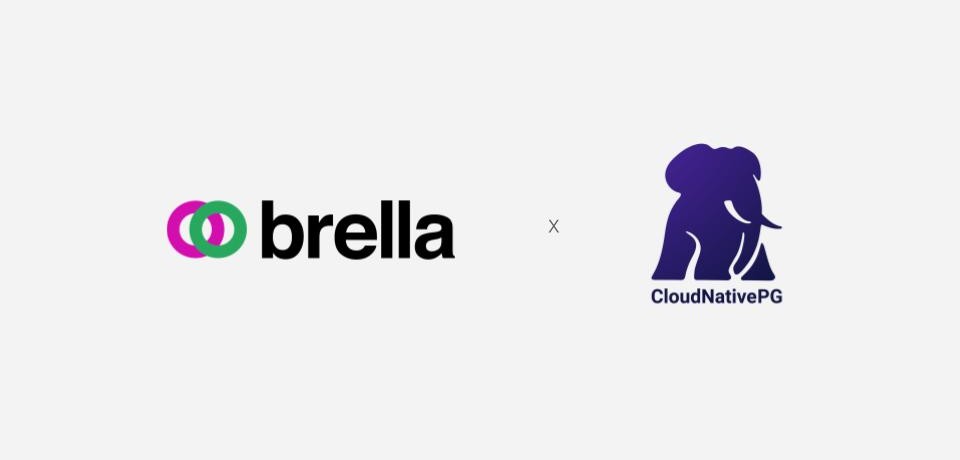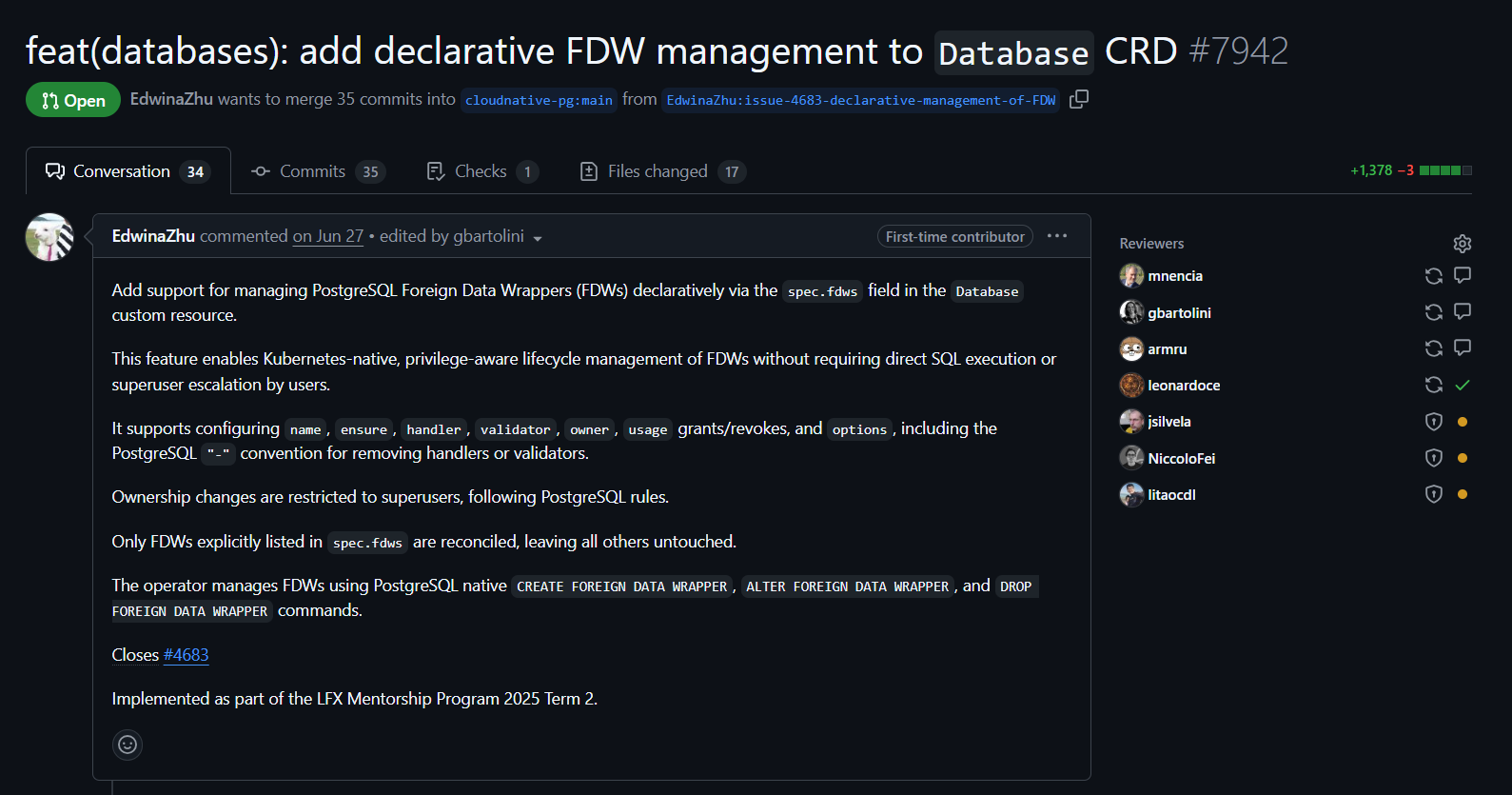Unlocking full Kubernetes functionality at Brella with CloudNativePG and Hetzner
August 19, 2025 • 3 minutes

Vito Botta is the Lead Platform Architect at Brella, an event management platform where he oversees all technical aspects of the product. Outside of work, he enjoys participating in bug bounty programs, finding and responsibly reporting vulnerabilities. We had a chance to talk to him about his use of CloudNativePG.
Brella provides event organizers with the tools to manage event access, schedules, sponsors, and more—while helping attendees make the most of their time through powerful networking features. The platform’s architecture includes a React frontend (for both web and mobile), a Ruby on Rails backend, and a PostgreSQL database. The backend runs in Kubernetes clusters on Hetzner Cloud, powered by Vito’s own open-source project, hetzner-k3s.
Brella previously ran on Google Cloud using Cloud SQL for PostgreSQL but migrated to Hetzner to reduce costs and gain flexibility. After testing multiple operators, Vito chose CloudNativePG for running PostgreSQL in Kubernetes due to its simplicity, robustness, and feature set.
hetzner-k3s: from side project to community tool
Originally created for their specific use case, hetzner-k3s enables running full-featured Kubernetes clusters on Hetzner Cloud at low cost. Interest from the community quickly grew, with companies using it to migrate from costly hyperscalers while retaining necessary features. The project now boasts nearly 2,700 GitHub stars and an active, growing user base.
Why CloudNativePG works for Brella
For Vito, CloudNativePG “just works”. It’s easy to set up, maintain, and integrate into Brella’s architecture. The migration from Cloud SQL brought major benefits: better specs, three-node PostgreSQL clusters instead of one, seamless failovers, point-in-time recovery, S3-compatible backups, and horizontal read scaling.
By contrast, Cloud SQL often caused downtime, even with high availability enabled, limiting flexibility and delaying updates. CloudNativePG’s Kubernetes native design aligned perfectly with Vito’s goal of running all services (including the database) inside Kubernetes.
Keeping it simple for the team
Vito, who is the Brella team member with the deepest Kubernetes experience, values CloudNativePG’s simplicity. It helps keep Brella’s architecture approachable for teammates who are still learning infrastructure administration. Compared to other PostgreSQL operators like Zalando or Crunchy, Vito finds CloudNativePG more streamlined and better integrated into Kubernetes from the ground up.
A lifelong passion for technology
Vito’s fascination with computers began at age six. By eight, he was developing simple games, but a virus that erased his source code shifted his focus to computer security. In his teenage years, he explored both programming and hacking —until a teacher helped him redirect his skills toward ethical and productive work. Since then, Vito has built platforms and systems of all sizes, with a particular focus on security, eventually discovering bug bounty hunting as a way to combine passion and profession.
Looking ahead
Six to seven months into production, Brella has had zero issues with CloudNativePG. Vito particularly appreciates features like automatic failover, rolling updates with no downtime, smooth replication, and S3-based WAL archiving. He’s looking forward to testing in-place major upgrades as the next enhancement for Brella’s clusters.
Categories in this blog post
All categories
- Alerts
- Applications
- Bake
- Benchmarks
- Blog
- Chaos-Engineering
- Ciclops
- Cloudnativepg
- Cncf
- Cnpg
- Community
- Containers
- Continuous-Delivery
- Continuous-Integration
- Dashboards
- Dba
- Debian
- Devops
- Docker
- Extensions
- Failover
- FailoverQuorum
- FDW
- ForeignData
- Github
- Grafana
- Graphql
- Hasura
- Helm
- Hetzner
- Imagecatalog
- Images
- ImageVolume
- Information
- K8s
- Kubectl
- Kubernetes
- Lfx
- Linux
- Maintenance
- Mentorship
- Migrations
- Minecraft
- Modernize
- Open-Source
- Operator
- Pdb
- Performance
- Pg16beta1
- Pgbouncer
- PgTAP
- PGXN
- Pooler
- Postgres
- Postgresql
- Preview
- Programming
- Prometheus
- Rails
- React
- Release
- Ruby
- Service-Mesh
- Spotlight
- Sqitch
- Tablespaces
- Testing
- Tutorial
- UX
- Volumesnapshots







